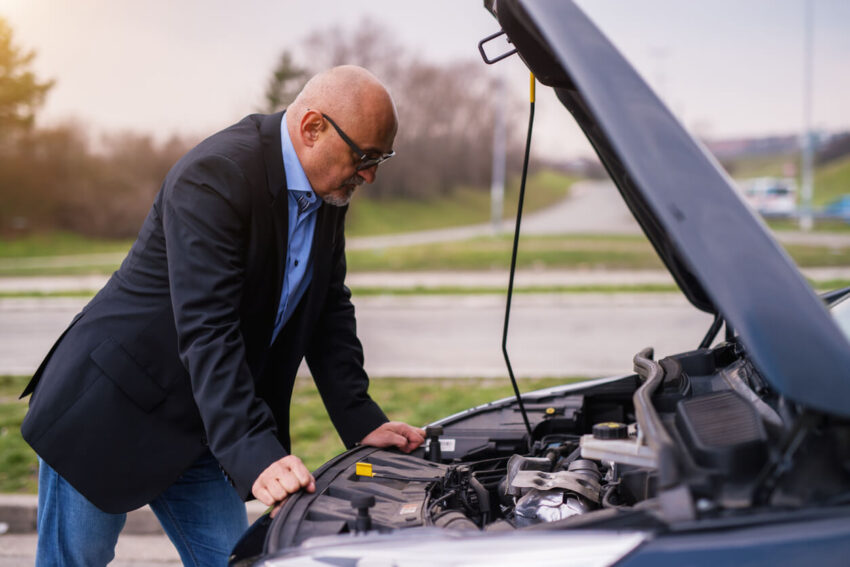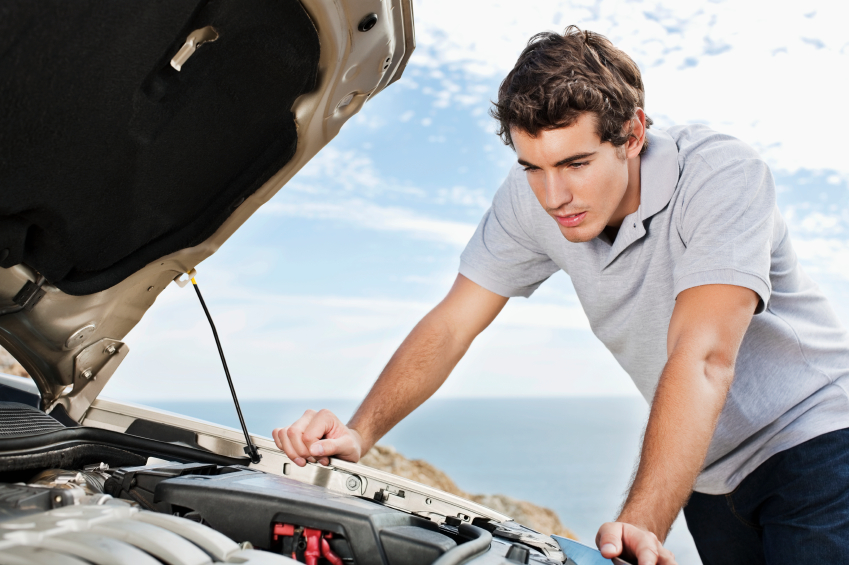
30 May How to Fix Sloshing Sound in Your Car: A Step-by-Step Guide
Have you ever experienced a sloshing sound inside your car while driving? It can be annoying and distracting, not to mention a potential sign of an underlying problem. In this article, we will guide you on how to fix the sloshing sound in a car and provide you with some preventive measures to avoid it in the future.
When you hear a sloshing sound in your car, it typically indicates the presence of water or other fluids somewhere they shouldn’t be, such as in the door panels or floorboard. Ignoring this issue can lead to further damage and potential electrical problems. It’s essential to address the sloshing sound promptly to prevent any long-term issues with your vehicle.
Additionally, if you’re wondering do fender flares cause rust, they are an accessory that can enhance the appearance and functionality of your vehicle’s fenders. However, improper installation or damaged fender flares can potentially cause rust issues if they trap moisture against the metal surface. Therefore, it’s important to ensure that your fender flares are properly maintained and in good condition to avoid any rust-related problems.
Causes of Sloshing Sound

Image source: Google.com
Several factors can contribute to the sloshing sound in your car. Let’s explore some of the common causes:
- Water accumulation in the door panels: Over time, water can seep into the door panels due to rain, car washes, or condensation. If the drainage holes in the door panels become clogged, the water will remain trapped, resulting in a sloshing sound.
- Clogged drainage system: Your car has a drainage system designed to channel water away from critical components. If the drainage system becomes clogged with debris or leaves, water can accumulate, creating a sloshing sound.
- Leaking or damaged weather stripping: The weather stripping around your car’s doors and windows is a barrier against water infiltration. If the weather stripping is worn out, cracked, or damaged, it can allow water to enter the vehicle, leading to a sloshing sound.
Diagnosing the Problem
Before you start fixing the sloshing sound issue, it’s essential to diagnose the problem correctly. Here are some steps to follow:
- Listening for the sloshing sound: Pay attention to when the sloshing sound occurs. Is it more pronounced when turning, braking, or accelerating? Identifying the specific circumstances can help narrow down the potential cause.
- Checking for signs of water damage: Inspect the interior of your car for any signs of water damage, such as wet carpets, damp seats, or water stains. These indications can confirm the presence of excess water and help pinpoint the source.
Fixing the Sloshing Sound Issue
Now that you have identified the cause of the sloshing sound, it’s time to address it. Here’s a step-by-step guide to fixing the problem:
- Removing water from door panels: If water has accumulated in the door panels, you need to remove it. Open the affected doors and locate the drainage holes at the bottom of the panels. Use a small, flexible tool like a pipe cleaner or compressed air to clear blockages. Once the water is drained, dry the interior thoroughly.
- Clearing the drainage system: To clear the clogged drainage system, locate the drainage points near the base of the windshield and in the sunroof (if applicable). Use a thin, flexible wire or compressed air to dislodge any debris obstructing the water flow. Be gentle to avoid damaging the drainage system.
- Replacing weather stripping: If the sloshing sound persists, inspect the weather stripping around the doors and windows for any signs of damage. If necessary, replace the worn-out or damaged weather stripping with new ones to ensure a proper seal and prevent water infiltration.
Preventive Measures
Taking preventive measures can help you avoid the sloshing sound issue in the future. Consider the following tips:
- Regular cleaning and maintenance: Clean your car, both inside and out, to prevent the buildup of dirt and debris that can clog the drainage system. Additionally, check the door panels and weather stripping for any signs of damage during your cleaning routine.
- Ensuring proper drainage: Be mindful of where you park your car to ensure it is on a level surface. This helps with proper drainage and prevents water from pooling near the doors and other vulnerable areas.
- Inspecting and repairing weather stripping: Periodically inspect the weather stripping around your car’s doors and windows. If you notice any cracks, tears, or gaps, have them repaired promptly to maintain an effective barrier against water intrusion.
Conclusion
If you’re hearing a sloshing sound in your car, addressing the issue promptly is crucial to prevent further damage and potential electrical problems. Following the steps outlined in this guide, you can fix the sloshing sound issue and take preventive measures to avoid it. Remember to regularly maintain your car’s drainage system and inspect the weather stripping to ensure your vehicle stays dry and comfortable.
You may like to read How to Remove a Sink Drain

No Comments